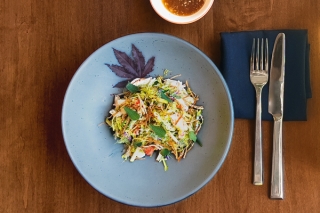
The Intersection of Cartography and Cooking
01 February 2023Identifying world flavors by understanding ingredients and regions.
By Lisa Parrish, GMC Editor
Feedback & comments: This email address is being protected from spambots. You need JavaScript enabled to view it.
Some people love to look at maps and some, not so much. Those who do begin to visually understand a region’s climate, geography and distance from other countries. What is the intersection between maps and culinary instruction? If you teach global flavors, then providing even the most cursory understanding of world geography will help future culinarians cook and understand authentic cuisines from countries they’ve only seen on an atlas.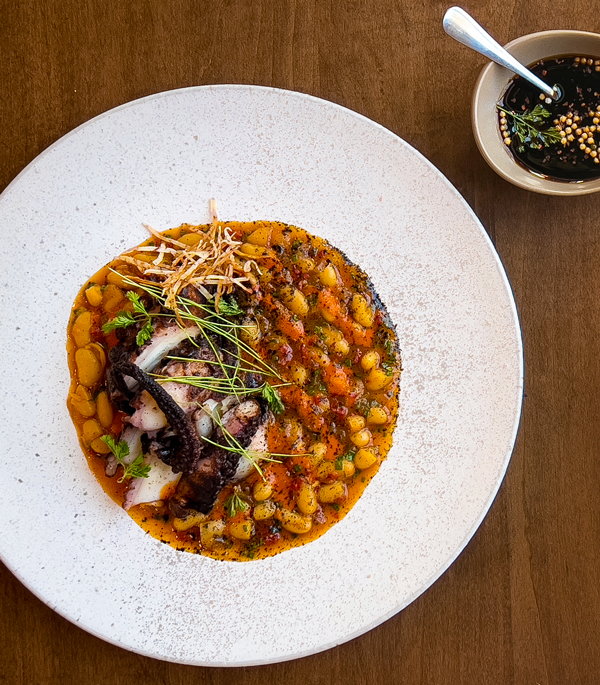
Asia by the numbers
Even though the culinary field includes an Asian Cuisine category, it comes woefully short of creating an umbrella term to describe the numerous ingredients and cooking styles associated with vast Asian cultures and locations.
The Asian continent is divided into five subregions: East Asia, Southeast Asia, South Asia, Central Asia and West Asia. There are 48 countries within the subregions, which does not include Russia, and the eastern subregion alone is home to 1.7 billion people. The continent’s climate runs from hot, humid islands to arid deserts to cold mountainous regions. The only way to understand this extensive landscape is to break it down into smaller, more palatable geographical pieces. This way culinarians can begin to grasp the rich cultures and flavor harmonies.
East Asia
The subregion’s culinary flavors may be the most easily identifiable by Americans. The flavors and ingredients of the major countries (China, Korea and Japan) tend to dominate what most people consider Asian food, which could be a meal from the corner Chinese restaurant to sushi served in schools.
Chef Raymond Li, owner of Li’s Dim Sum restaurant in Miami, says when cooking East Asian food chefs begin with five basic ingredients: soy sauce, rice vinegar, sesame oil, ginger and garlic. “These ingredients give you the smell of an Asian restaurant,” he said. From here, young culinarians can make a simple stir fry by adding blanched vegetables to the basic ingredients and sautéing in oil. Noodle dishes also begin with these foundational ingredients.
To elevate a dish, Chef Li suggests adding protein such as wet- or dried-cured pork belly and switching rice wine for wine vinegar. “I like to use fermented soy sauce as a strong foundation for the sauce. I also do a blend of sauces to hit the sweet, salty and tangy flavors,” he said.
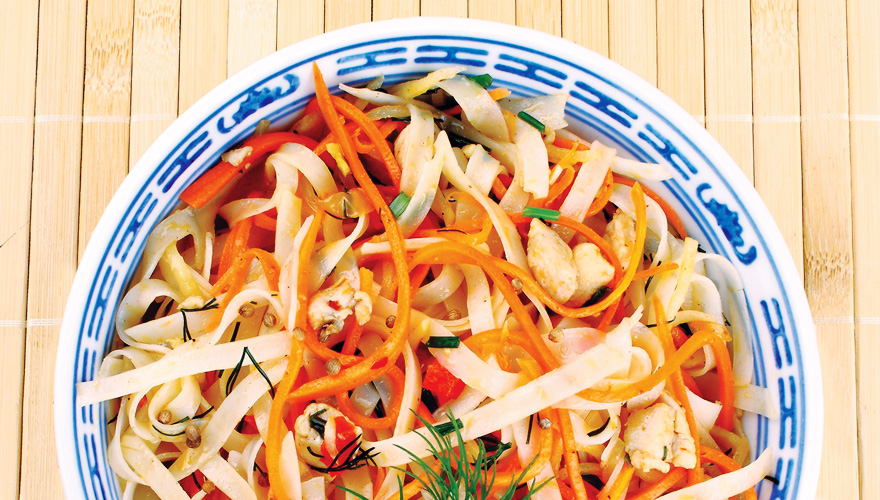 Chef Li grew up in a multi-ethnic house, with a Columbian mother and Cuban-Chinese father. He developed an understanding of Chinese flavors from his father’s cooking. “Soy sauce was a staple in the house and it was always Kikkoman,” he said. As a chef, Li has come to appreciate the nuances in flavors from the large subregion.
Chef Li grew up in a multi-ethnic house, with a Columbian mother and Cuban-Chinese father. He developed an understanding of Chinese flavors from his father’s cooking. “Soy sauce was a staple in the house and it was always Kikkoman,” he said. As a chef, Li has come to appreciate the nuances in flavors from the large subregion.
“Another traditional Chinese dish is a smashed cucumber salad,” he said. “It’s super refreshing and traditionally eaten as an appetizer or for breakfast. The cold dish is a refreshing palate cleanser and a healthy part of a diet.” A Chinese version of the dish would include rice vinegar, garlic, chili paste, Sichuan oil, and a 10-spice mixture. But Chef Li said that a Korean version might add fermented kimchi for a flavor variation.
The yuzu fruit, which originated in China and is grown in Japan and Korea, is similar to a lemon. General Mills Corporate Chef Curt Wagner said the flavor is fruity, tart and floral all in one. “I find it so vibrant; it will wake up anything you add to it,” he said. The Asian fruit pairs well in desserts and Chef Wagner suggested adding it to curds, bon bon fillings, ice creams, sherbets, and drinks with and without alcohol.
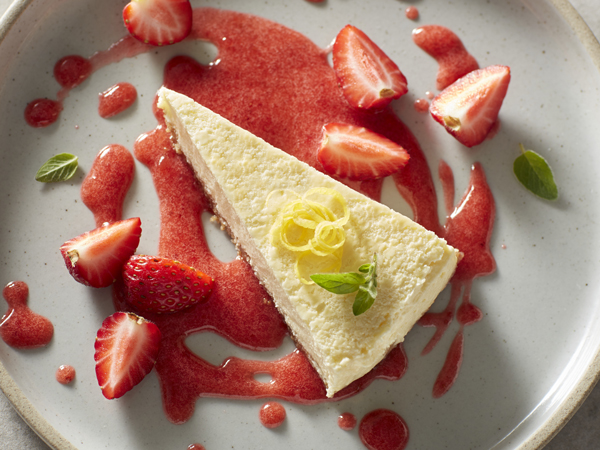 “I used yuzu in a cheesecake, one because I love cheesecake, and two, because I thought the combination of flavor really plays out well here and does not take away from the other (paired) flavors,” he said. But the chef cautions young cooks to understand the flavor profile they are trying to achieve using yuzu because “you may end up with something too tart or overpowering.”
“I used yuzu in a cheesecake, one because I love cheesecake, and two, because I thought the combination of flavor really plays out well here and does not take away from the other (paired) flavors,” he said. But the chef cautions young cooks to understand the flavor profile they are trying to achieve using yuzu because “you may end up with something too tart or overpowering.”
His dessert includes a granola crust enhanced with five-spice. “I chose the granola because of the texture it brings. Five-spice seemed like a perfect match as it is very distinct. Once I paired it with the yuzu cheesecake, I knew this dessert was very well-rounded and complete.”
Southeast Asia
This Asian subregion is home to more than 685 million people with the most populous country being Indonesia. The tropical climate regularly sees temperatures above 80 degrees and the area is prone to monsoons and long rainy seasons. Thailand, Vietnam and the Philippines’ cuisines utilize the abundant fresh seafood from the many seas surrounding the countries and island nations.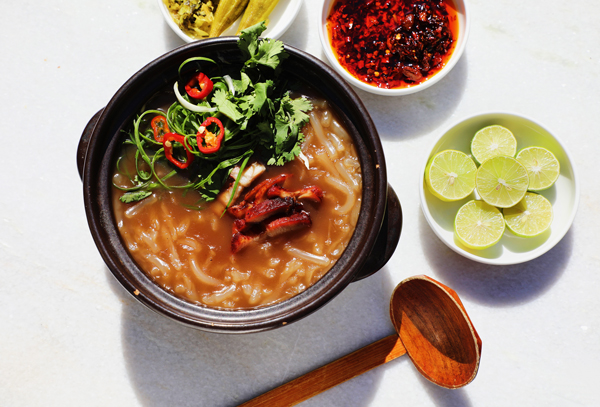
According to Chef Li, ingredients common in local Southeast Asia fare include basil, lemongrass, fish sauce, lime, chili and soy sauce. “I love Vietnamese food. It is fresh, light and full of umami,” he commented. Another aspect that makes this subregion stand out for Chef Li is that Thai foods tend to touch all five tastes: sweet, salty, sour, bitter and umami. “It’s like a party in your mouth. You just want to eat more,” he said. Other ingredients utilized in many Thai dishes like curries are shrimp paste and dried shrimp.
A common tradition for many Asian nations, especially those in southern Asia, is to end the meal with an orange slice. Not only do oranges help digestion they are also a good luck symbol.
 Filipino cuisine, also considered part of Southeast Asia, is a mix of traditional Asian ingredients with notes of Spanish influences, due to Spain’s rule over the country for 400 years. Ube, a starchy root vegetable, has been a staple of the Philippines and is commonly used in desserts and jams. General Mills Corporate Chef Jessie Kordosky notes she has seen ube popping up in American cuisine for some time. She gave the example of an ube and mac nut pie. “The gorgeous purple color makes it an eye-catching addition to baked goods, beverages, ice cream and more,” she said.
Filipino cuisine, also considered part of Southeast Asia, is a mix of traditional Asian ingredients with notes of Spanish influences, due to Spain’s rule over the country for 400 years. Ube, a starchy root vegetable, has been a staple of the Philippines and is commonly used in desserts and jams. General Mills Corporate Chef Jessie Kordosky notes she has seen ube popping up in American cuisine for some time. She gave the example of an ube and mac nut pie. “The gorgeous purple color makes it an eye-catching addition to baked goods, beverages, ice cream and more,” she said.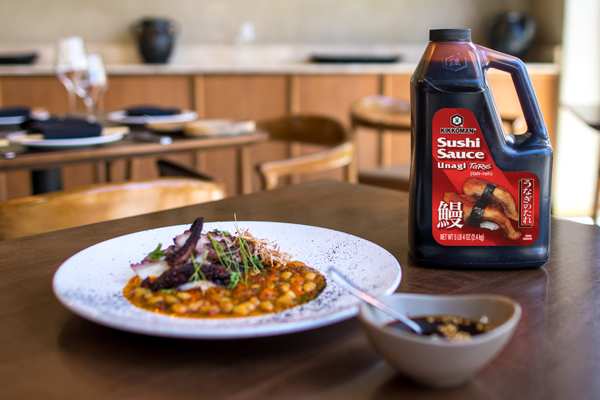
Fermented ingredients common across Southern and Eastern Asia
Chef Li explains soy sauce is fundamental in Asian cooking as fermentation imparts umami and flavor depth. “There are so many types of soy sauces,” he said. For example, there is a light soy sauce made from Japanese cherry blossoms to expensive sauces that cost between $80 and $90 for a few ounces, with different sauces for varying applications. “In my restaurants, I need a soy sauce that is a great product at a good price point that is always available. I don’t risk quality for price in any product.” Li’s Dim Sum uses Kikkoman sauces.
Additional Resources:
Click here for more information on Li’s Dim Sum and Chef Raymond Li.
Photos courtesy of Kikkoman USA and General Mills North American Foodservice.
